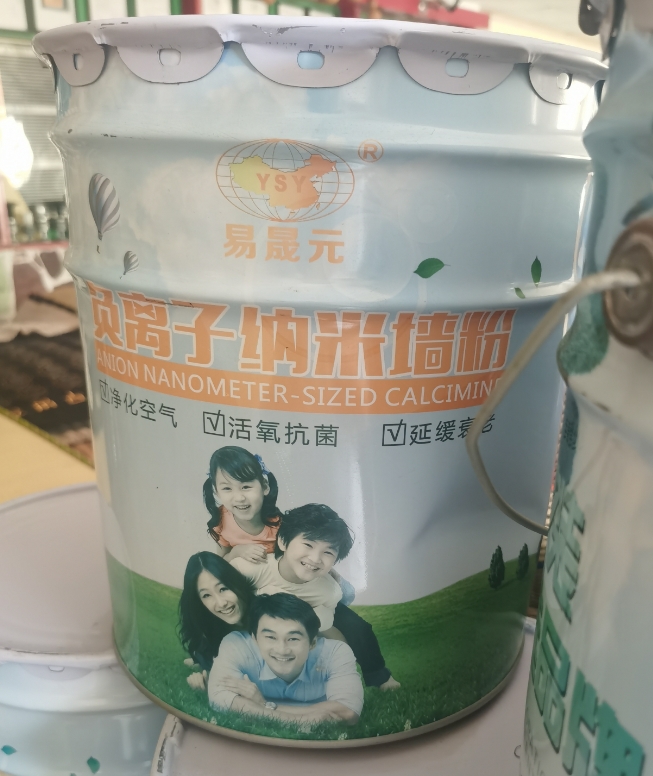
In the realm of designing and equipping sweat rooms that endure heavy usage, the choice of flooring is of utmost importance. Durability, resistance to moisture, and ease of maintenance are key factors to consider. Let's explore some of the most reliable flooring options for such demanding environments.
Ceramic tile is a popular choice for heavy-use sweat rooms. It offers excellent durability and can withstand the high humidity and temperature fluctuations commonly found in these spaces. The glazed surface of ceramic tiles is resistant to stains, making it easy to clean and maintain. Additionally, ceramic tiles come in a wide variety of colors and patterns, allowing for a customizable look that can match the aesthetic of the sweat room. They are also highly resistant to wear and tear, ensuring long-term performance even with constant foot traffic. However, one drawback is that ceramic tiles can be cold underfoot, so it may be necessary to use area rugs or provide proper heating to enhance comfort.
Similar to ceramic tile, porcelain tile is renowned for its durability and moisture resistance. It is denser and less porous than ceramic tile, which makes it even more resistant to water absorption and staining. Porcelain tiles are available in a range of finishes, including matte and polished, providing options for different design preferences. They can handle the heavy traffic and harsh conditions of a sweat room with ease. Moreover, porcelain tiles are often more durable in terms of impact resistance, which is beneficial in an environment where equipment may be moved around or dropped accidentally. The installation process for porcelain tiles may be more complex and costly compared to some other options, but the long-term benefits make it a worthy investment for heavy-use sweat rooms.
Rubber flooring is another excellent option for sweat rooms. It provides good cushioning, which is beneficial for users' comfort and can reduce the risk of injury during physical activities. Rubber is highly resistant to moisture, making it suitable for the humid environment of a sweat room. It also has excellent slip resistance, even when wet, ensuring safety. Rubber flooring is available in different thicknesses and colors, and it can be installed in tiles or rolls. It is relatively easy to clean and maintain, and it can withstand heavy use without showing significant signs of wear. However, rubber flooring may have a higher initial cost compared to some other flooring types, but its durability and performance characteristics make it a viable choice for many sweat room applications.
Vinyl flooring has gained popularity in recent years due to its versatility and durability. There are two main types: luxury vinyl tile (LVT) and sheet vinyl. LVT offers a realistic look of other flooring materials such as wood or stone, while providing the durability and moisture resistance needed for a sweat room. It is available in a wide range of styles and colors, and it can be installed with click-lock systems for easy installation. Sheet vinyl is a seamless option that provides a watertight surface, making it highly resistant to moisture penetration. It is also relatively inexpensive compared to some other flooring options and is easy to clean and maintain. However, vinyl flooring may not be as durable as ceramic or porcelain tile in the long run, especially in areas with extremely heavy traffic or where heavy equipment is frequently used.
For a more industrial and durable look, concrete flooring can be a great choice for heavy-use sweat rooms. When properly sealed and treated, concrete can withstand heavy foot traffic, moisture, and temperature changes. It is extremely durable and requires minimal maintenance. Concrete can be stained or polished to achieve a desired aesthetic appearance. It also has good thermal mass, which can help regulate the temperature in the sweat room. However, the initial installation of a concrete floor may require more preparation work, and the surface can be hard and cold, similar to ceramic tiles. Adding rugs or using underfloor heating systems can address these issues and enhance the comfort of the space.

